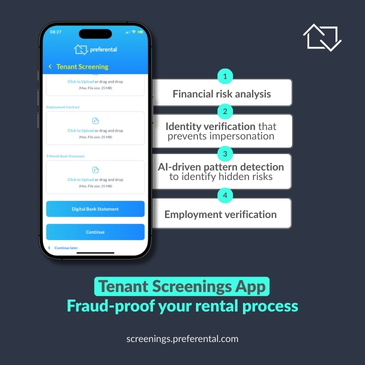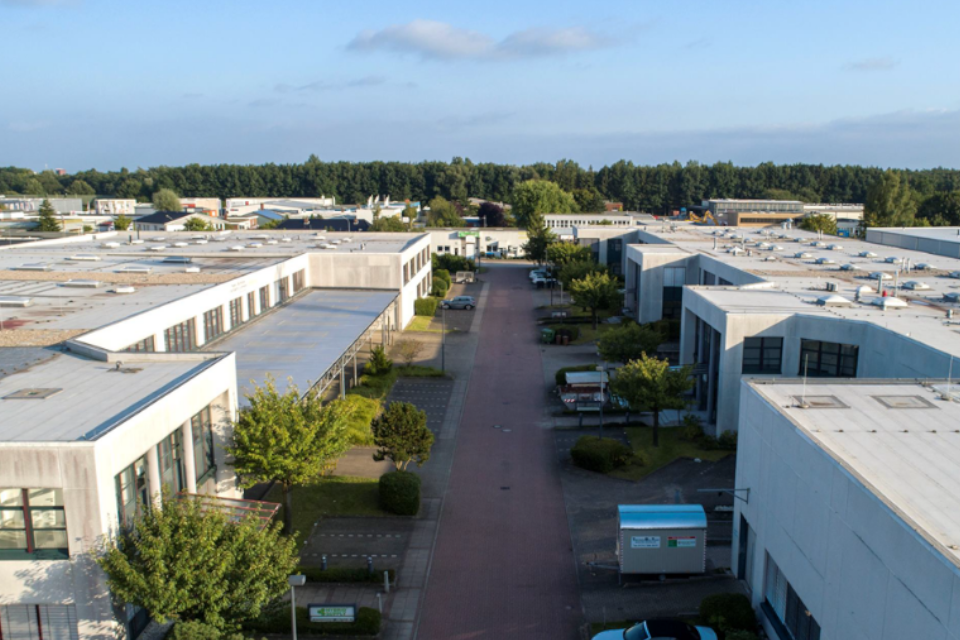Unlocking Profit in 2025: 9 Key Checks for Commercial Property Investors
- Location & Infrastructure Drive Value - Growth nodes, SEZs, and precinct upgrades are key to long-term returns.
- Track Vacancy & Demand - Low vacancies signal strength; high rates demand caution and strategy.
- Diversify with Industrial & Sustainable Assets - Multi-tenant, green-certified spaces command premium rentals.
The South African commercial property market has bounced back with force. After years of pandemic-induced uncertainty, 2024 saw a 34% surge in investment volumes, topping R27 billion. With the Government of National Unity, falling interest rates, and easing load-shedding, confidence is back and global reports now place South Africa as the top property investment performer worldwide for the year.
But in a cyclical, competitive market, profits favour those who prepare. “Commercial property can offer significant long-term returns and portfolio diversification, but success is rarely accidental,” says Paul Stevens, CEO of Just Property. “It comes down to informed, data-driven decision-making, not speculation.”
What Smart Investors must look out for
1. Location with Momentum
- Focus on areas with tangible economic growth: infrastructure upgrades, new business precincts, or special economic zones (SEZs).
- The Western Cape still leads in governance and delivery, but other metros are emerging thanks to targeted investments.
2. Vacancy Rates & Market Healt
- Low vacancies = strong demand and higher rental growth potential.
- SAPOA’s Q1 2025 report shows prime-grade offices down to 6.8% vacancies a post-pandemic low while Johannesburg remains the laggard.
- In retail, neighbourhood convenience centres with high footfall outperform mega-malls under pressure from online retail.
3. Industrial Property Strength
- The sector is outperforming with 7.3% YoY rental growth for mid-sized spaces.
- E-commerce, logistics, and manufacturing are driving sustained demand.
- Proximity to ports, freight hubs, and main transport routes is a must.
4. Tenant Mix & Essential Services
- In retail, focus on centres anchored by grocery, medical, and lifestyle tenants.
- Ensure a diversified tenant base in industrial and office properties to reduce dependency on single occupiers.
5. Sustainability as a Profit Lever
- Solar, rainwater harvesting, and green building certifications are now expected — not optional.
- MSCI data confirms certified buildings can achieve stronger rental yields and asset values.
6. Zoning & Development Potential
- Buy land with existing favourable zoning or a realistic rezoning pathway.
- Understand bulk rights, parking ratios, building lines, and environmental constraints before committing.
7. Redevelopment & Adaptive Reus
- Transforming outdated commercial buildings in prime locations can deliver exceptional returns, but requires careful cost and compliance planning.
8. Market Cycle Awareness
- Each asset class office, retail, industrial performs differently in different phases.
- Align acquisitions with the upswing, and avoid over-exposure during downswings.
9. Regulatory & Tax Landscape
- Stay updated on the Property Practitioners Act, municipal bylaws, zoning rules, and commercial property tax implications.
Why Industrial still leads the pack
Industrial property is currently South Africa’s most reliable performer. With vacancies at record lows and demand from fast-growing sectors, well-located industrial assets deliver strong cash flow and capital growth.
Investors should prioritise:
- Locations near major logistics corridors.
- Flexible-use designs to attract a wider tenant pool.
- Green and cost-efficient features to appeal to sustainability-driven occupiers.
The Way Forward
Commercial property investing in 2025 demands precision. The margin for error has narrowed, but so has the window for opportunity. Investors who combine location intelligence, sector-specific insights, and disciplined due diligence can secure assets that deliver resilient returns well beyond the current cycle.
As Stevens notes, “The market rewards insight over speculation. Partner with experienced brokers, analyse fundamentals deeply, and align your investments with the sectors and regions showing genuine demand momentum.”
In short: know your market, vet your numbers, and move decisively when the fundamentals align, because in this market, the smart money is already moving.






.avif)

.avif)


.avif)

.avif)




.svg)


.avif)

.avif)







%20.avif)








.avif)
%20.avif)
